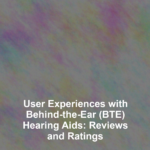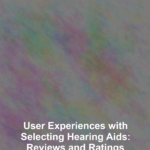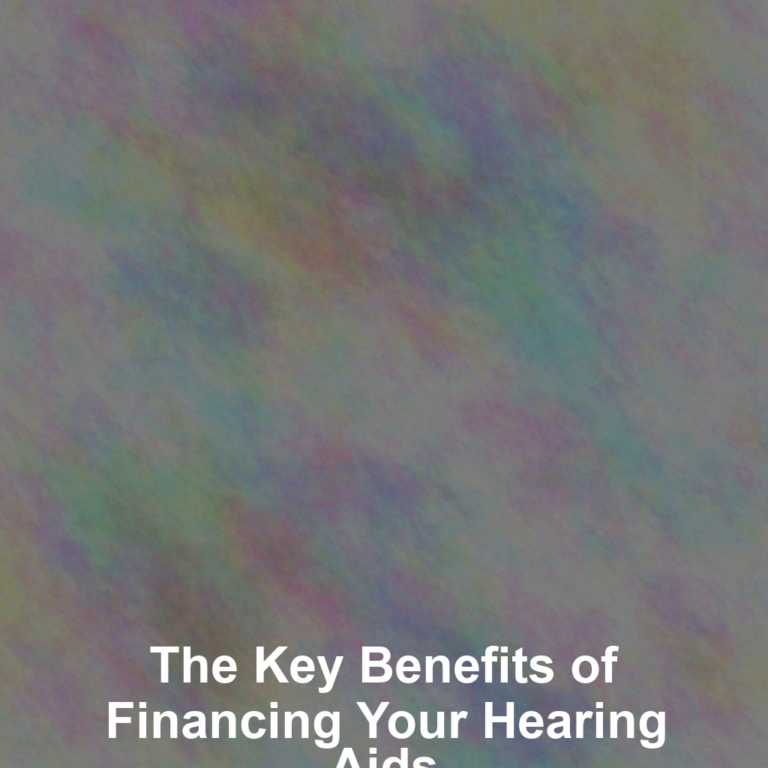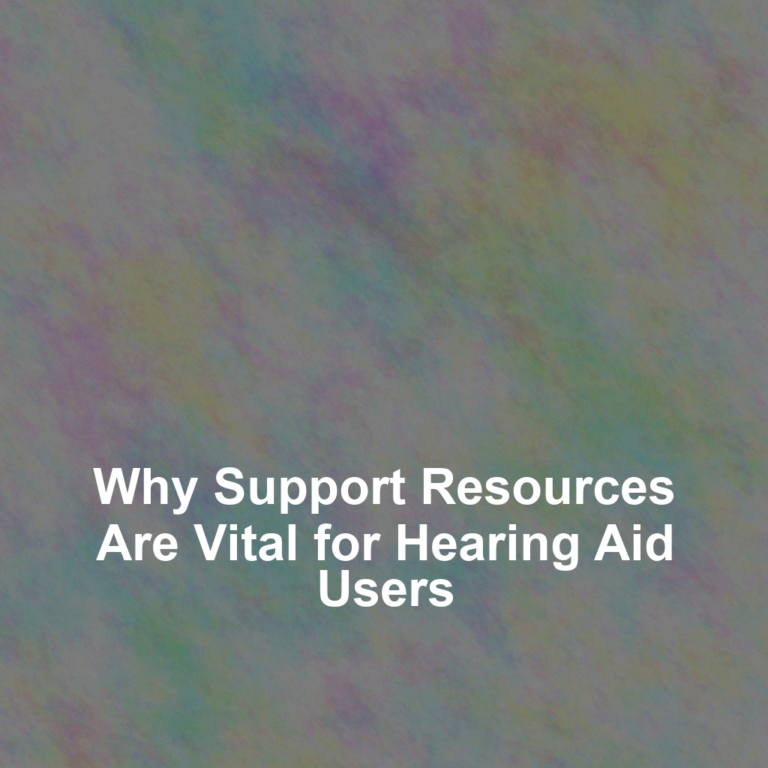Navigating the labyrinth of financing hearing aids can be as perplexing as trying to decipher whispers in a bustling caf+?. YouG??ve likely found yourself facing a wall of options, each with its own set of advantages and pitfalls. ItG??s essential to arm yourself with information about insurance coverage, payment plans, and third-party financing, as they can dramatically affect not only your wallet but also your quality of life.
Throughout this discussion, youG??ll find personal stories and testimonials that shed light on the real-world experiences of individuals who have walked this path before you. With an array of reviews and ratings at your fingertips, youG??re on the brink of uncovering insights that could guide you toward a decision that resonates with your personal and financial circumstances.
Will you find a route that leads to clear sounds without financial echoes? Join us to explore the possibilities.
Understanding Hearing Aid Costs
Navigating the costs of hearing aids can often feel like a complex puzzle, with prices varying widely based on features, brands, and service levels. YouG??re faced with a market where a single hearing aid can range from a few hundred to several thousand dollars. ItG??s crucial to understand what drives these costs to make an informed decision.
Firstly, the type of technology used in hearing aids directly influences the price. Advanced features like wireless connectivity, rechargeable batteries, and sophisticated noise reduction algorithms can hike up the cost. YouG??re not just paying for the device; youG??re investing in the quality of your hearing experience.
YouG??ll also find that service and aftercare play a significant role in the total cost. Fitting sessions, follow-up adjustments, and warranties often come with a price tag that reflects the level of professional support youG??ll receive.
Remember, cheaper models mightnG??t always be the best long-term investment. They could have higher maintenance costs or provide inadequate hearing support. On the flip side, the most expensive options might include features youG??ll never use.
In your quest for the right hearing aid, balance your budget with your specific hearing needs and lifestyle. Read reviews, ask for recommendations, and donG??t hesitate to request detailed pricing breakdowns. ItG??s your right to know where your moneyG??s going.
Insurance Coverage Insights
Most insurance plans offer some level of hearing aid coverage, but itG??s essential to scrutinize the details to understand what youG??re truly entitled to. DonG??t assume youG??re fully covered; instead, dig into your policyG??s fine print. Look for specifics on the amount of coverage provided, the frequency of replacement, and any required co-payments or deductibles.
YouG??ll often find that insurance policies cap the coverage amount, which means you might be responsible for the difference if your hearing aids exceed this limit. ItG??s also common for insurance to only pay for hearing aids every few yearsG??typically every three to fiveG??so if you need a replacement sooner, you could be footing the entire bill.
Be proactive and contact your insurance provider directly. Ask them detailed questions about your benefits and take notes. Sometimes, coverage for hearing aids is bundled with other services, or it may be available through a separate rider that requires an additional premium.
And donG??t overlook the possibility of insurance through your employer, as some workplace plans offer better hearing aid benefits. If youG??re a veteran, check with the VA, as they often provide hearing aids at no cost. Remember, youG??ve got options, and it pays to be informed.
Payment Plans Breakdown
Understanding your insurance benefits is just the start; youG??ll also want to explore payment plans that can make financing your hearing aids more manageable. Many hearing aid providers offer flexible financing options that allow you to spread out the cost over time. ItG??s like buying a car or a smartphoneG??you donG??t have to pay it all upfront.
YouG??ll find that some plans offer 0% interest for a set period, typically 6 to 12 months. But be sure to read the fine print; if you donG??t pay off the balance within the promotional period, you might get hit with deferred interest. ThatG??s interest thatG??s been accumulating from the day you made the purchase, and it can be a nasty surprise.
Others might extend the payment period over several years with a low APR, making monthly payments even smaller. This can be a great option if you need a more affordable monthly bill and are okay with paying a bit of interest.
ItG??s key to review these plans carefully. Take a look at the total cost after interest, any potential penalties for late payments, and how the payment schedule aligns with your budget. DonG??t hesitate to ask for reviews or ratings from other users to gauge their satisfaction with the payment plan they chose. Your hearing is important, and with the right plan, you can ensure it doesnG??t come at an unreasonable cost.
Third-Party Financing Options
Have you considered third-party financing options as a means to afford your hearing aids? ItG??s no secret that the cost can be steep, but third-party financing can offer a viable solution to manage the expense without breaking the bank.
- Third-party financing often comes with flexible payment terms.
- You can choose plans with varying interest rates.
- Some offer interest-free periods if you pay off the balance within a specific timeframe.
ItG??s essential to read the fine print. Understand all fees and interest rates before you commit. Look out for potential penalties for late payments or early payoff.
Personal Stories and Testimonials
Hearing aid users often share their journey to better hearing, recounting how third-party financing played a crucial role in their acquisition of these life-changing devices. YouG??ll find countless stories online where individuals express gratitude for the financial support that made their improved hearing possible. Picture yourself struggling to keep up in conversations, the frustration mounting as sounds remain muffled and distant. Then, imagine the relief when a financing plan aligns with your budget, making it feasible to purchase a hearing aid that reconnects you with the world around you.
These personal testimonials highlight the transformative impact that accessible financing options can have. They arenG??t just purchasing a piece of technology; theyG??re regaining a vital part of their lives. You might read about a grandfather who, thanks to flexible payment plans, could hear his grandchildrenG??s laughter clearly for the first time in years. Or a young professional whose career was given a boost by the confidence that comes with better hearing.
WhatG??s clear from these stories is the profound sense of empowerment that comes from overcoming financial barriers to hearing health. When youG??re pondering whether to invest in hearing aids, these narratives can provide comfort and assurance that youG??re not alone, and that help is available to make this essential health need accessible.
Conclusion
YouG??ve now explored the ins and outs of financing hearing aids, from grasping the costs to navigating insurance quirks.
YouG??ve sifted through payment plans and third-party options, balancing budgets and needs.
Armed with real-life stories and honest testimonials, youG??re ready to make informed decisions.
Remember, your journey to clearer sound doesnG??t have to break the bank. With the right approach, youG??ll find a solution that resonates with both your ears and your wallet.









